One of the first proper commercial spaces in Bangkok, Sampheng was built when King Rama I gave permission to the Chinese to move from the Ta Tien area to Klong Wat Sam Pleum and Klong Wat Sampheng. Sampheng then became the biggest inland market in Phranakorn, and even now a huge variety of products is available there, bringing crowds to the venue every day.
Sampheng is known for quality goods at wholesale rates, which makes it worth suffering through sois in 35˚ heat. But don’t opt for A-grade diamonds or high-class jewelry: this is more a place for side-street shoppers. Half of the shops sell accessories, shoes, and bags; the other half sell groceries and fabrics. Wander among swarms of people on the road, and you’ll find countless stalls showing a startling variety of wares.
Surrounded by endless stalls of mobile masks and accessories there lies a little key chain stall (08-1373-1640. Open Tue-Sun 8am-7pm) on the footpath near Soi Palittaphon selling cute leather key fobs for only B25 (B90 for six pieces).
Walk about 100 meters further on and you will see a small alley within which you’ll be surprised to discover such an array of air-conditioned shops and plazas hiding in a space this tiny. Poo Priaw (Block A-30, Sam Peng Grand Plaza Bldg., 08-1566-1640. Open daily 8am-5:30pm) has different styles of earrings on offer at B120 for 12 pairs. Pachara Universal (1/F, Aim Chit Plaza, 290 Vanich Rd., 02-688-9288, 08-6988-8198. Open daily 7:30am-6pm) sells cartoon character slippers for B80, though you do have to buy at least three pairs. Deeper inside the alley are hundreds of fake bags and shoes, cheap necklaces, stationery and plastic bags. Buy very hip necklaces from Soyes (313 Soi Vanit 1, Ratchawong Rd., 08-5247-8489, 08-1815-4291. Open daily 8am-6pm): decorated with stones and ribbons, they go smoothly with smart designer clothes.
If you feel like revisiting your childhood, visit Thanapan Plastic in the middle of the soi (near Bangkok Bank Sampheng branch, 02-221-0466, 02-224-2284. Open daily 6am-6pm). This stall is covered with toys: model cars, plastic guns, monopoly sets, plastic cell phones, yoyos, fake Legos, balloons and all that fun kids’ stuff.
If your zigzagging to avoid trolleys, and people, and motorbikes (yes, they somehow make it into the narrow alleys) has left you in need of refreshment, you can grab a bottle of water at any of the nearby stalls. For sustinence, just cross the street you can feast on giant spring rolls (08-3822-9049. Open Tue-Sun 8am-7pm) for B20-30 per box. Look for the little old lady with her trolley opposite Kikuya; she’s been selling them for 32 years and claims her recipe is unrivalled.
If you still want to see more, try the soi opposite Kikuya where there are plenty more stalls. It’s a shortcut to Pahurat, and the products on sale (in addition to stuff you’ll find on the other side of the street) include wedding cards, wedding souvenirs, fabrics, buttons, and sewing equipment. Finally, for guys who want to impress their girlfriends (or gigs) on a low budget, don’t leave Sampheng without dropping by Tukkata (303 Soi Vanich 1, 02-622-5130/1. Open daily 6am-5pm). Here you can buy fluffy dolls from B25 to B1,500, depending on the size. And if you don’t like the idea of getting sweaty in Sampheng, order online at www.tukkata.com.
How to get there
Bus No: 1, 4, 25, 40, 85, 204, 172, 529
Express boat from Ratchawong pier
Ferry from Din Daeng pier
Advertisement











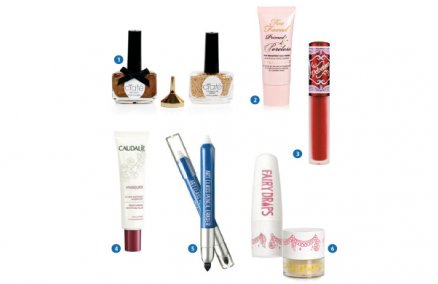
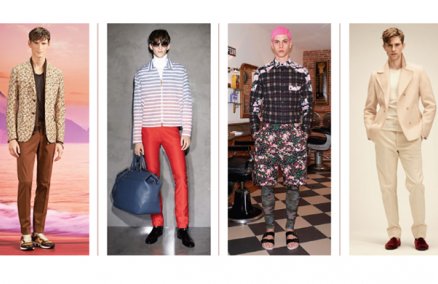






 Though unfinished, it already attracts book lovers of all ages. Its eighth floor, the staff insists, is soon to contain foreign books, though it’s currently empty. The food zone on the seventh floor, meanwhile, is still short of restaurants. However, apart from those areas awaiting construction, every floor is packed with quality Thai books and translations. A five percent discount is offered to TBT members, and there’s no joining fee; you just need to buy one item in the building to qualify for membership. Staff can help you find what you want, though there are also computer search engines on each floor.
Though unfinished, it already attracts book lovers of all ages. Its eighth floor, the staff insists, is soon to contain foreign books, though it’s currently empty. The food zone on the seventh floor, meanwhile, is still short of restaurants. However, apart from those areas awaiting construction, every floor is packed with quality Thai books and translations. A five percent discount is offered to TBT members, and there’s no joining fee; you just need to buy one item in the building to qualify for membership. Staff can help you find what you want, though there are also computer search engines on each floor.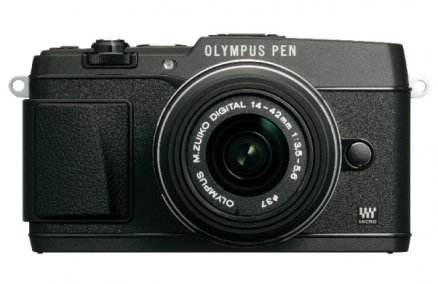
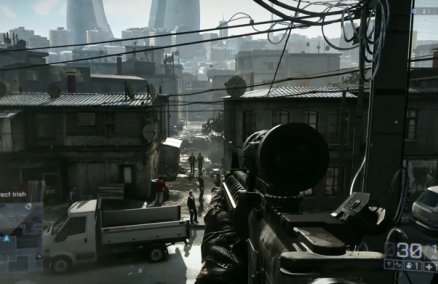
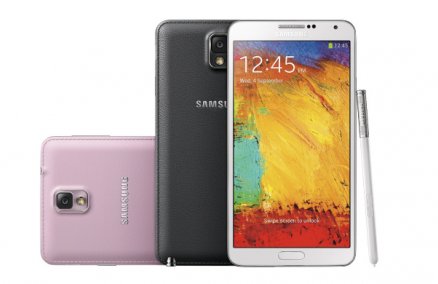



 The Story: Designed to be handy, this pocket PC is an improved version of Dopod 838 and 30 percent smaller. Runs on Windows Mobile 5.0 OS, and has many features for personal data organization: calendar showing appointments by day, week, month and year, as well as a sync function with your PC.
The Story: Designed to be handy, this pocket PC is an improved version of Dopod 838 and 30 percent smaller. Runs on Windows Mobile 5.0 OS, and has many features for personal data organization: calendar showing appointments by day, week, month and year, as well as a sync function with your PC.

 New Yorkers are always on the move, so they need comfortable clothes as opposed to tight-fitting or tailored. Look to DKNY and Marc Jacobs for jeans and loose-fitting items; summer colors include beige and grayish blue.
New Yorkers are always on the move, so they need comfortable clothes as opposed to tight-fitting or tailored. Look to DKNY and Marc Jacobs for jeans and loose-fitting items; summer colors include beige and grayish blue.
 For Her: At right, this dress by Munchu’s (B7,500+) keeps things under control with a white body highlighted by sparkly braided straps.
For Her: At right, this dress by Munchu’s (B7,500+) keeps things under control with a white body highlighted by sparkly braided straps.  London is all about the classic, sophisticated look courtesy of Stella McCartney and Alexander McQueen: think tailored (or at least tailored look-alike) and monotones and browns. Tone down your snobbish style with buttons and bows.
London is all about the classic, sophisticated look courtesy of Stella McCartney and Alexander McQueen: think tailored (or at least tailored look-alike) and monotones and browns. Tone down your snobbish style with buttons and bows.  For Her: The Sretsis ensemble (top, B6,500; bottom, B4,950) makes classic chic a little more playful. Add the leather tote from CPS (B2,990) to complete the look.
For Her: The Sretsis ensemble (top, B6,500; bottom, B4,950) makes classic chic a little more playful. Add the leather tote from CPS (B2,990) to complete the look.